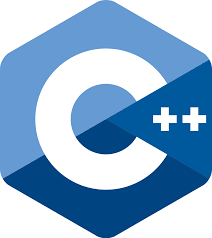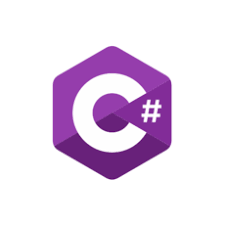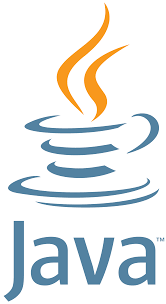Automated Trading Systems / Market Visualizations / Trading Infrastructure
JMJ Atlanta
You concentrate on trading, we’ll concentrate on your infrastructure
JMJ Atlanta is a boutique software consulting firm specializing in technical infrastructure, and the construction of automated and semi-automated trading systems for retail traders and small hedge funds. We help transform your ideas into fast, efficient, and manageable systems.
Trading
Writing automated and semi-automated trading strategies, mainly for retail traders and small hedge funds.
- Stocks
- Options
- Futures
- Forex
- Cryptocurrencies
Blockchain
We have worked on system internals for a number of blockchains and the applications that use them.
- Networking / Consensus layer
- UTXO and smart contracts
- Ethereum, EOS, Bitshares, Komodo, DefiChain
- Cross-chain communication
Banking
Software for enterprise use in the areas of mortgage and investing.
- Mortgage servicing software
- Middleware and mobile components for connecting to investment products
Insurance
Enterprise software for
- Generating quotes
- Generating binders
- Process automation
I received my first computer somewhere around 1982. It was a Timex-Sinclair 1500. I borrowed the game “Frogger” from a friend, but that was the only game I ever played on it. Someone else gave me the source code to a word processor, printed on thermal receipt paper. Yep, you guessed it. I typed it all in. And yep, you guessed it, it never worked. I spent a large amount of time debugging it, and learned a lot about BASIC programming.
After mowing a lot of lawns, I bought a Commodore 64 with a disk drive. It came with a bunch of games, which I lent to a friend, who had a dual-drive Commodore 128. In an attempt to copy my games, he copied his blank diskette over my games. Grrrr. Oh well.
Copying the assembly and checksum program from Byte magazine, I copied every interesting program into my C64. It was a great way to continue playing with Basic.
My first jobs were with the Commodore 64/128. Inventory at a family-owned store, keeping track of customers and printing reports using Filebase. Fun times.
Then, I picked up dBase. And in particular, Clipper. That was when I moved into the “big leagues” and wrote more serious business applications. As Clipper faded, I switched into my dream language… ‘C’. Now I was closer to the metal. I could crash the computer whenever I wanted. From ‘C’ I moved to Java and C#, working in and out of C/C++ along the way. C++ is my favorite, and has been for a long time.
I am currently available for projects. Feel free to contact me for more information.
jmjatlanta is everywhere





And more that I’m forgetting.


